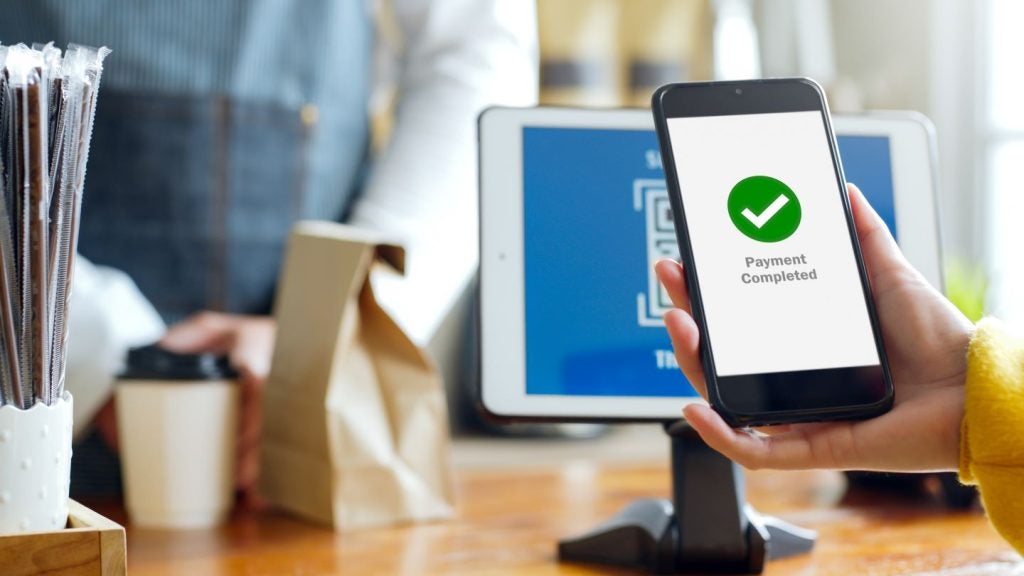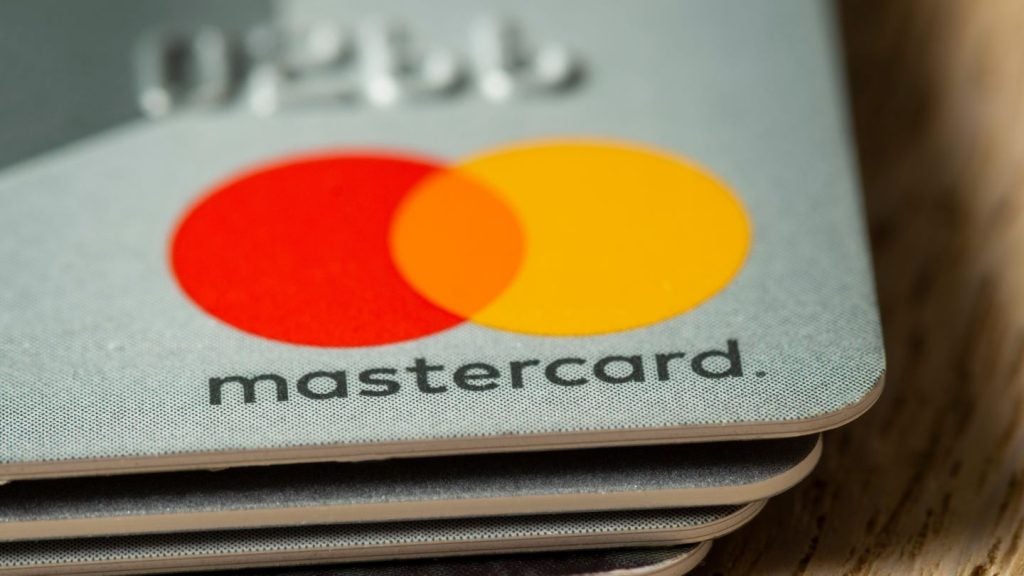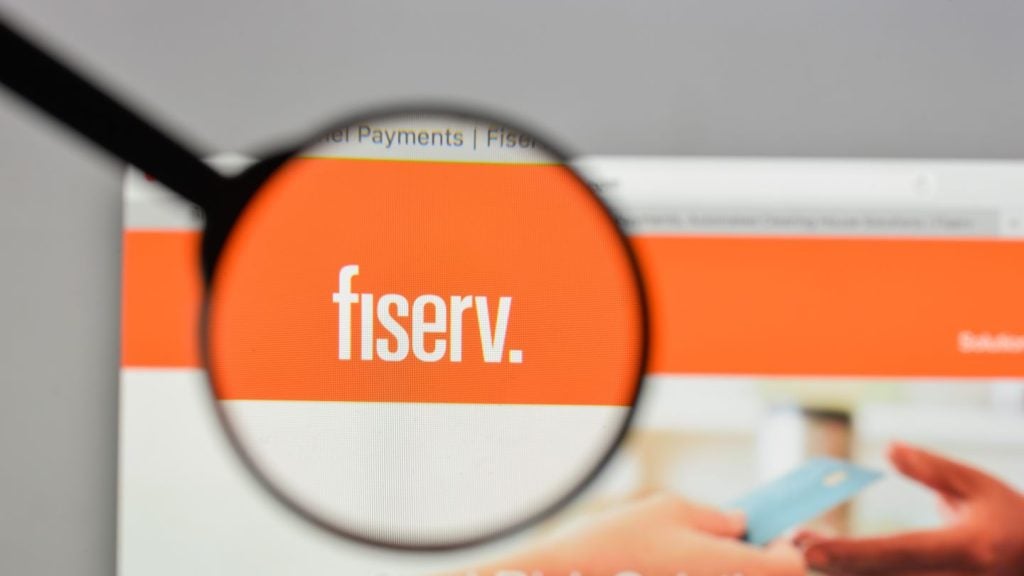
Fintech has unleashed a golden age of innovation in consumer financial services for leading digital banks. These are highly specialised, free from legacy, and often able to bypass bank regulation. The new entrants have gone after every piece of the banking value chain, reducing friction and addressing unmet needs.
Based on the growth of global fintech, GlobalData has identified the leading digital banks that are expected to emerge (or remain) as leaders in full service.
Ant Financial / MYbank
MYbank is owned by Alibaba’s Ant Financial, the world’s tenth biggest bank. Ant Financial, a digital-only challenger, launched 15 years ago. In 2015, Ant Financial launched MYbank, a private online bank that lives entirely on the cloud and focuses on SMEs. MYbank pioneered the 3-1-0 model in SME financing – a business loan that takes less than three minutes to apply for, less than one second to approve, and requires zero human intervention.
Using proprietary artificial intelligence (AI) and risk management technologies, the non-performing loan ratio for MYbank’s SME business loans has been maintained at around 1% while lending $290bn to 16 million different companies reportedly looking at 3,000 different variables. In 2018, Ant Financial focused on sharing these tech capabilities with a full suite of cloud, AI, and machine learning services.
Marcus (Goldman Sachs)
Marcus is a concerted effort by Goldman Sachs to exploit fintech in consumer financial services. The company made a series of acquisitions to enter the market, including GE Capital Bank for its $16bn in deposits, SME lender Bond Street, and consumer credit card Final as an “acqui-hire.” It entered the retail banking market in the US with a personal loan product in 2016. This was followed swiftly by a high-interest savings account, both under the Marcus brand. This was web-only with no mobile app.
In 2018, Goldman Sachs acquired a PFM app called Clarity Money. By September 2018 the Marcus brand had accumulated $20m in deposits and issued $3m in loans. Marcus then launched in the UK, where within three months it had £5m in deposits. In the UK, Marcus requires customers to link it to one UK current account, which becomes the only means of depositing and withdrawing money from the savings account. This success likely means more products to follow. Marcus uses Infosys’ Finacle product for core banking.
WeBank
WeBank is China’s first digital bank, launched in January 2015 and 30% owned by Chinese internet giant Tencent. The bank is focused on offering underbanked individuals and SMEs a variety of convenient high-quality financial services. These are accessed through WeChat, Tencent’s messaging platform. WeBank was standalone profitable in two years, largely thanks to data mining chat and payment history from WeChat, the firm’s popular messaging platform, to generate $5bn in pre-approved micro-loans. WeBank is now valued at $21bn and has written more than 100 million loans.
In 2018, WeBank’s average IT operating cost per account per year was CNY3.60 ($0.53). WeBank is now opening its API and software programming toolkit to partners so that its financial capabilities can be used by Chinese banks.
Tinkoff Bank
Founded in 2016 as a branchless credit card provider, Tinkoff Bank is the largest independent bank in the world by customer base. It has approximately eight million customers. Tinkoff is opening 18,000 accounts per day with a goal of reaching ten million customers by the end of 2019. The bank’s main competitor is branch-based and state-owned Sberbank.
Growing digital adoption will attract more new entrants, but Tinkoff has a strong foothold in a market with a population of 145 million and a very favourable cost platform. 100% of incoming messages are processed by robots, while 20% of calls are handled without human operators. Most business processes in the bank are powered by machine learning and AI, from onboarding new customers to day-to-day account management and customer service.
This is an edited extract from the Fintech – Thematic Research report produced by GlobalData Thematic Research.










